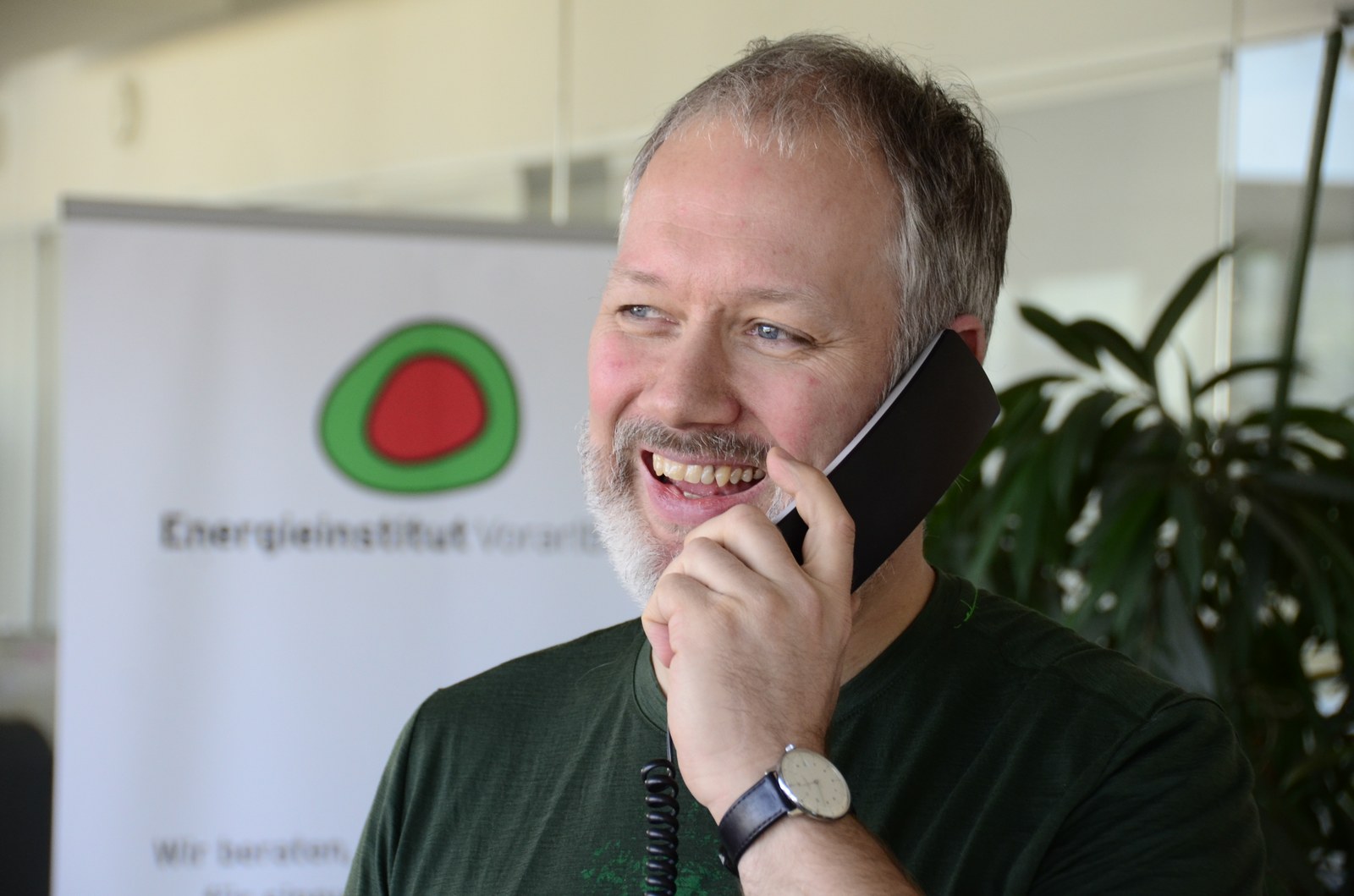RENEWnow – city of the future
In this exploratory project, a new approach for the high-efficiency refurbishment of multi-family houses in Austria will be defined and analyzed. This approach has the potential to mobilize the refurbishment market and to increase the refurbishment rate from currently below 1% by a factor of 3 to 5.



Target
The goal is to develop a new service model (one-stop store) for property managers and owner associations through a targeted, novel combination of technical (modular and scalable building technology systems, multifunctional building components, modular construction and standardization, industrial prefabrication) and non-technical measures and to explore this with leading players from the industry.
Project partner
- AEE – Institute for Sustainable Technologies (LEAD)
- University Innsbruck, Energy-efficient construction work area
Arch. DI Werner Nussmüller- TBH Ingenieur GmbH
- Stroomversnelling/NL
- Overall project management: Federal Ministry for Climate Protection, Environment, Energy, Mobility, Innovation and Technology (BMK). “City of the Future” program
Project details
- Project period: 01.09.2020 – 31.12.2021
- Total cost: EUR € 217.079
„Stadt der Zukunft“ (city of future) is a research and technology program of the Federal Ministry for Climate Protection, Environment, Energy, Mobility, Innovation and Technology. It is managed on behalf of the BMK by the Austrian Research Promotion Agency (FFG) together with Austria Wirtschaftsservice Gesellschaft mbH (AWS) and the Austrian Society for Environment and Technology (ÖGUT).
Initial situation I motivation
Although there are already technical solutions for the renovation of multi-story residential buildings (related to window replacement, thermal insulation with thermal insulation composite systems) as well as for boiler replacement in central energy supply concepts, the renovation rate has been stagnating at a low level for years (well below 1% of the building stock). This means that the ambitious climate protection targets in the buildings sector cannot be anywhere near achieved.
There are many reasons for the low level of renovation activity. With the currently common renovation processes, techniques and costs, or the very low prices for fossil fuels and electricity, the reserves from the monthly utility bills for property managers are not sufficient, which is why comprehensive renovations are difficult to implement or often involve substantial increases in rental costs. The fact that all costs are not accounted for over the life cycle of the building is disadvantageous and also wrong from both an economic and a business point of view.
At the same time, the work involved in conventional renovation processes and techniques is very time-consuming and requires months of work on site, including the use of scaffolding, or even the relocation of residents in the meantime. Further obstacles include distributed ownership structures, complex organizational and handling processes, as well as all questions regarding the assumption of risk with regard to implementation quality and energy savings (usually lying with the property managers or ultimately with the apartment owners or tenants).
Project flow
In order to achieve a significantly higher refurbishment rate, services must be offered that greatly simplify the refurbishment process for property managers as well as owner representatives. Business models similar to the Dutch concept Stroomversnelling (or better known internationally as Energiesprong), which offers highly efficient refurbishment from a single source for single-family homes, are urgently needed. For multi-story residential buildings, these could be so-called one-stop stores, similar to general contractors but with significantly expanded competencies and responsibilities. At the same time, entirely new refurbishment processes are needed that merge construction and building services systems as well as energy conversion based on renewable energy sources and enable significant cost reductions while simultaneously increasing refurbishment quality through standardization and industrial prefabrication.
The service model addresses in a comprehensive and responsible way the topics of overall organization, contracting, planning, financing, implementation, operational management, billing, comfort responsibility as well as the risk in terms of implementation quality and achieved savings. The integration of renewable energy sources, so-called “tenant electricity models” at the building or neighborhood level, and interaction with higher-level energy networks make decisive contributions on the way to the PlusEnergy neighborhood.
Projektergebnisse
Die Projektergebnisse finden Sie in Kürze hier.
Further informations
Further informations can be found here.
